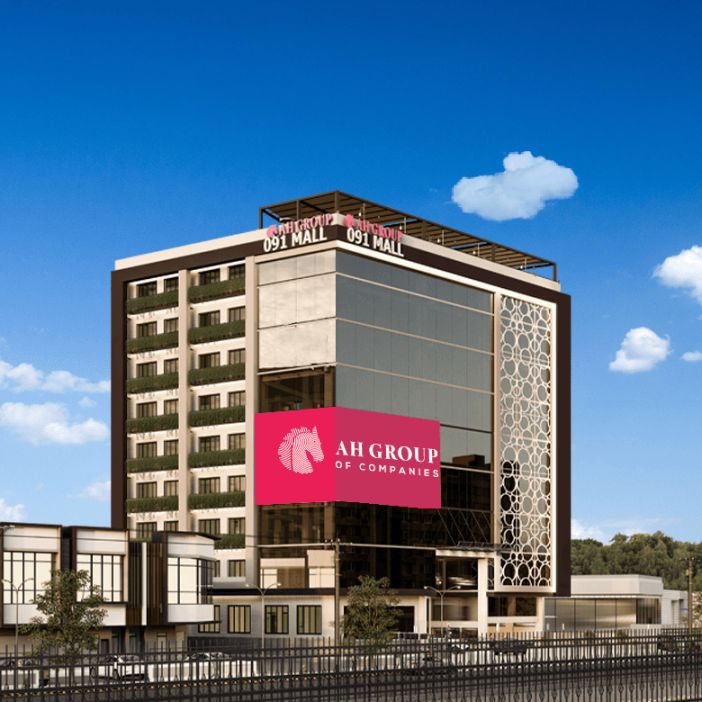The Conceptualization Of Smart Buildings

The exponential development of technology and its incorporation into daily life has resulted in the creation of smart buildings. A smart building is one that employs cutting-edge technology to operate and optimize its various systems, such as heating, ventilation, air conditioning, lighting, and security. Smart buildings are efficient in terms of energy, comfortable, and sustainable, making them an appealing option for both commercial and residential properties. In this blog, we will look at how smart buildings are conceptualized, which includes their design, benefits, and challenges.
Design of Smart Buildings
Smart buildings are designed with the goal of optimizing the use of resources, increasing efficiency, and improving the overall user experience. The design of smart buildings takes into account various factors such as the building’s location, climate, and the needs of its occupants. One of the essential aspects of smart building design is the use of sensors and automation systems to monitor and control the building’s various systems. These sensors and automation systems can collect data on temperature, humidity, occupancy, and energy usage to optimize the building’s operations.
Smart buildings also employ advanced building materials and systems that are more efficient and sustainable. For example, smart buildings may incorporate high-performance glass, insulation, and roofing materials that reduce energy consumption and lower heating and cooling costs. Additionally, smart buildings may utilize renewable energy sources such as solar, wind, or geothermal power to reduce their carbon footprint.
Benefits of Smart Buildings
Smart buildings offer several benefits, both to building owners and occupants. For building owners, smart buildings can significantly reduce operating costs by optimizing energy consumption and reducing maintenance expenses. By using advanced automation and control systems, building owners can manage their properties remotely, reducing the need for on-site personnel.
For occupants, smart buildings offer a more comfortable and healthy living or working environment. Smart buildings can adjust temperature, lighting, and air quality based on occupancy and user preferences. Additionally, smart buildings can use sensors to monitor air quality and humidity levels, helping to prevent the buildup of harmful pollutants.
Smart buildings can also improve safety and security. Building automation systems can monitor and control access to the building, detecting and preventing unauthorized entry. Additionally, smart buildings can use video surveillance, motion sensors, and other security measures to detect and respond to potential security threats.
Challenges of Smart Buildings
While smart buildings offer numerous benefits, there are also some challenges associated with their development and implementation. One of the primary challenges is the integration of different systems and technologies. Smart buildings rely on a complex network of sensors, automation systems, and software to operate efficiently, and integrating these different components can be challenging.
Another challenge of smart buildings is the need for skilled professionals to manage and maintain them. Smart buildings require specialists with expertise in building automation, energy management, and software development to ensure they operate at peak efficiency.
Privacy and cybersecurity are also significant concerns when it comes to smart buildings. The sensors and automation systems used in smart buildings collect a considerable amount of data, including personal and sensitive information. This data must be protected from unauthorized access or use to ensure the privacy and security of building occupants.
Conclusion
Smart buildings represent a significant shift in the way we conceptualize and design buildings. By integrating advanced technology and automation systems, smart buildings offer numerous benefits, including increased efficiency, cost savings, and improved occupant comfort and safety. However, the development and implementation of smart buildings also come with several challenges, including system integration, skilled personnel requirements, and privacy and cybersecurity concerns. Despite these challenges, the growing demand for sustainable, efficient, and comfortable buildings is driving the continued growth and development of smart buildings.
















